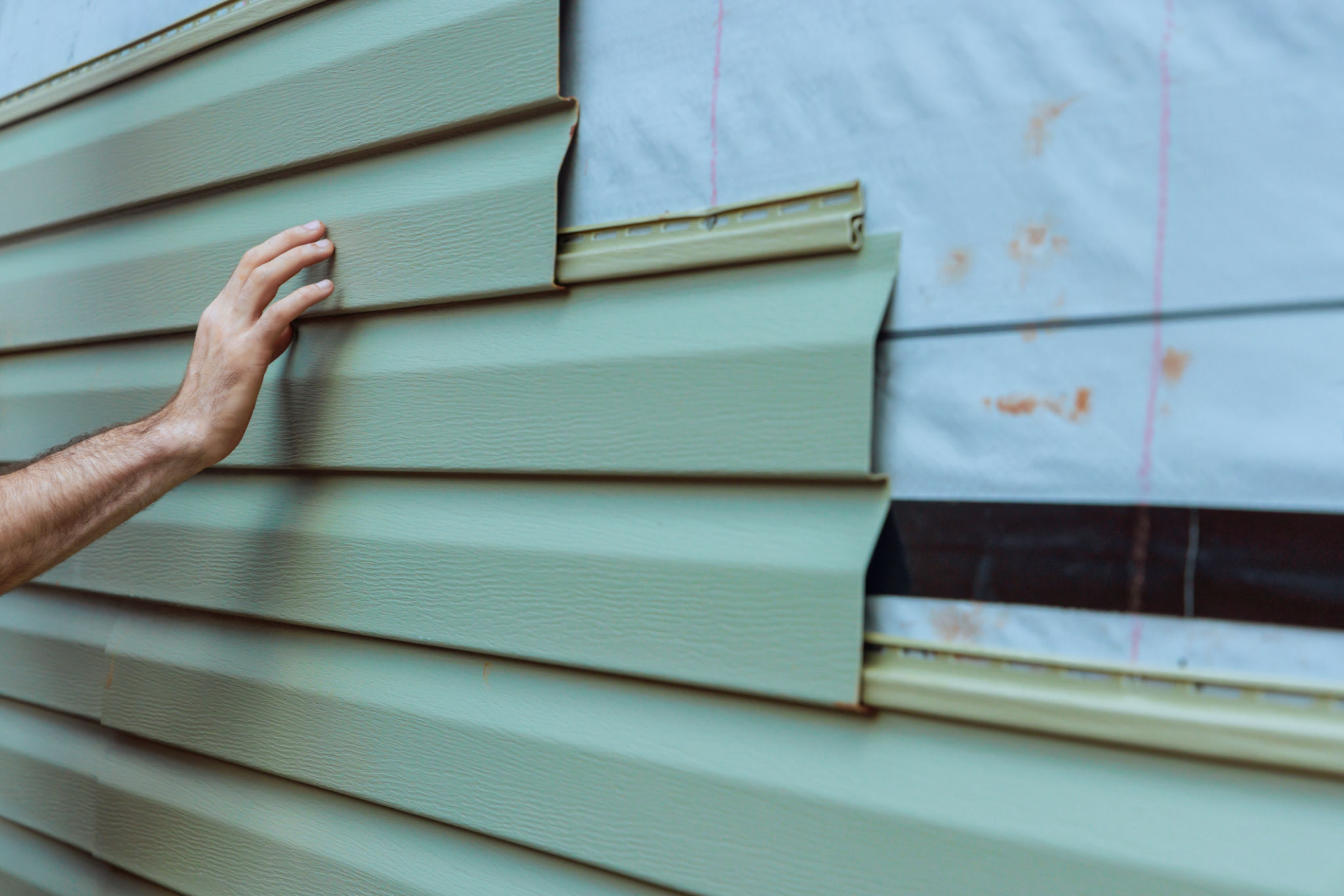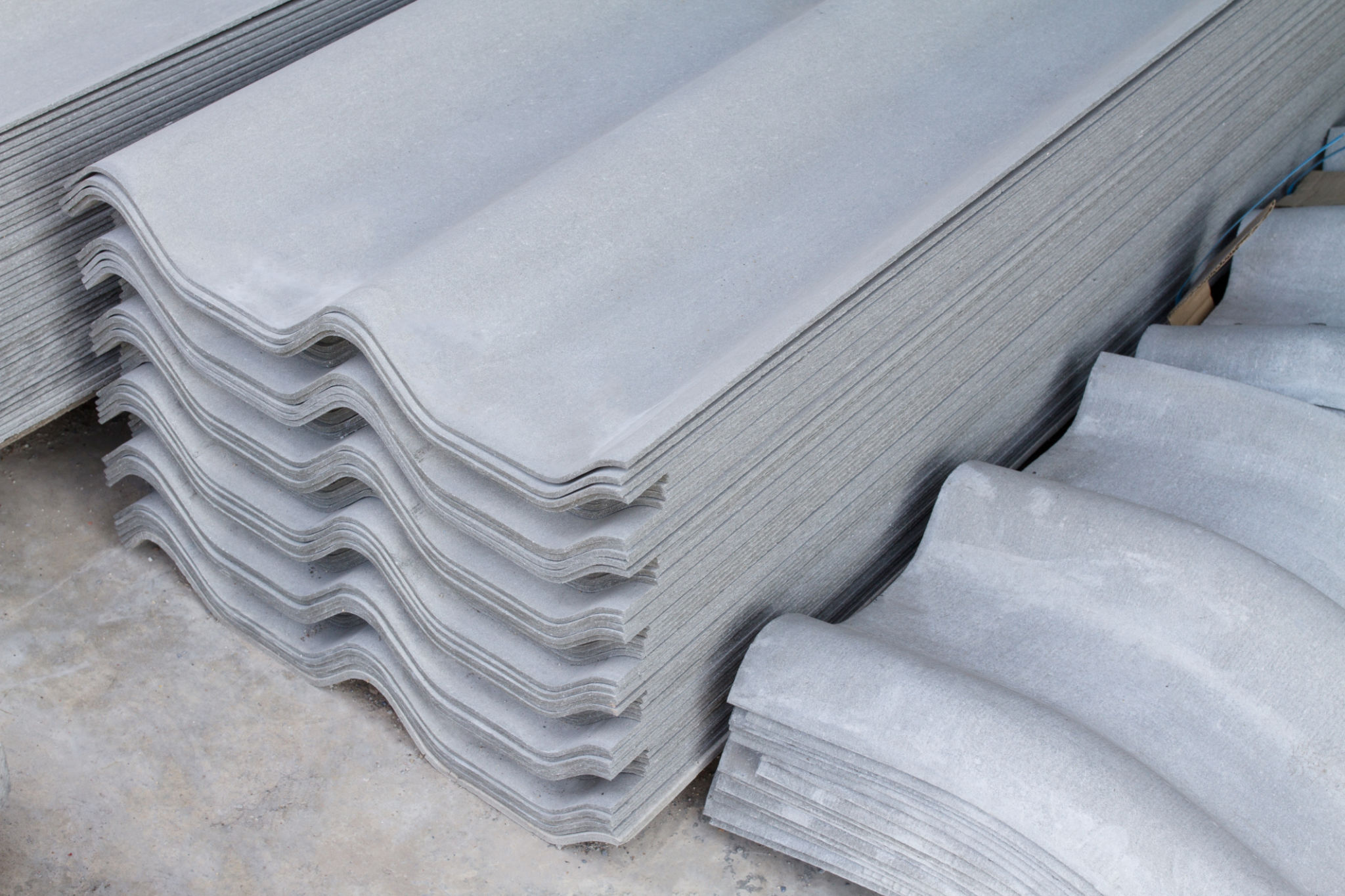Comparing Siding Materials: Vinyl vs. Wood vs. Fiber Cement
Understanding Siding Options
When it comes to choosing the right siding for your home, the decision can be overwhelming. The three most popular options are vinyl, wood, and fiber cement. Each material has its unique benefits and drawbacks, making it crucial to understand what each offers before making your decision.
Vinyl Siding: Affordable and Low Maintenance
Vinyl siding is known for its affordability and low maintenance requirements. It comes in a variety of colors and styles, allowing homeowners to customize the look of their homes without breaking the bank. Durability is another strong point, as vinyl can withstand harsh weather conditions without significant wear.
However, despite its advantages, vinyl is prone to cracking in extremely cold weather and can fade over time when exposed to sunlight.

Wood Siding: Natural Beauty with Maintenance Needs
Wood siding offers a classic and natural aesthetic that many homeowners find appealing. It provides a warm and inviting look that enhances the charm of any home. Plus, wood is versatile, allowing for various finishes and paints to achieve the desired appearance.
That said, wood siding requires regular maintenance to prevent issues like rot, insect damage, and decay. Periodic painting or staining is necessary to maintain its appearance and longevity.
Exploring Fiber Cement Siding
Fiber cement siding is a relatively new option that has gained popularity due to its durability and versatility. Made from a mixture of cement, sand, and cellulose fibers, this material mimics the appearance of wood without the high maintenance needs.

One of the standout features of fiber cement is its resistance to fire, pests, and rot. It also holds up well in various climates, making it a favorite among homeowners looking for a long-lasting solution.
Comparing Costs and Lifespan
When comparing costs, vinyl siding is typically the most budget-friendly option, followed by wood and then fiber cement. However, it's essential to consider the long-term costs associated with maintenance and replacement when evaluating these options.
In terms of lifespan, fiber cement generally lasts the longest, often providing up to 50 years of service with proper care. Wood requires ongoing maintenance but can last several decades, while vinyl typically lasts 20-30 years.

Environmental Considerations
Sustainability is an increasingly important factor for many homeowners. Wood siding is considered environmentally friendly because it is biodegradable and made from renewable resources. Fiber cement also scores well due to its durability and lack of toxic emissions during production.
Vinyl siding, on the other hand, is less eco-friendly due to its petroleum-based production process and difficulty recycling.
Making the Right Choice for Your Home
Ultimately, the best siding material for your home depends on your budget, aesthetic preferences, and willingness to perform maintenance. Vinyl offers a cost-effective choice with minimal upkeep. Wood provides timeless beauty at the cost of higher maintenance. Fiber cement delivers durability and versatility for those willing to invest more initially.
By understanding the pros and cons of each material, you can make an informed decision that suits your home's needs and enhances its curb appeal for years to come.
